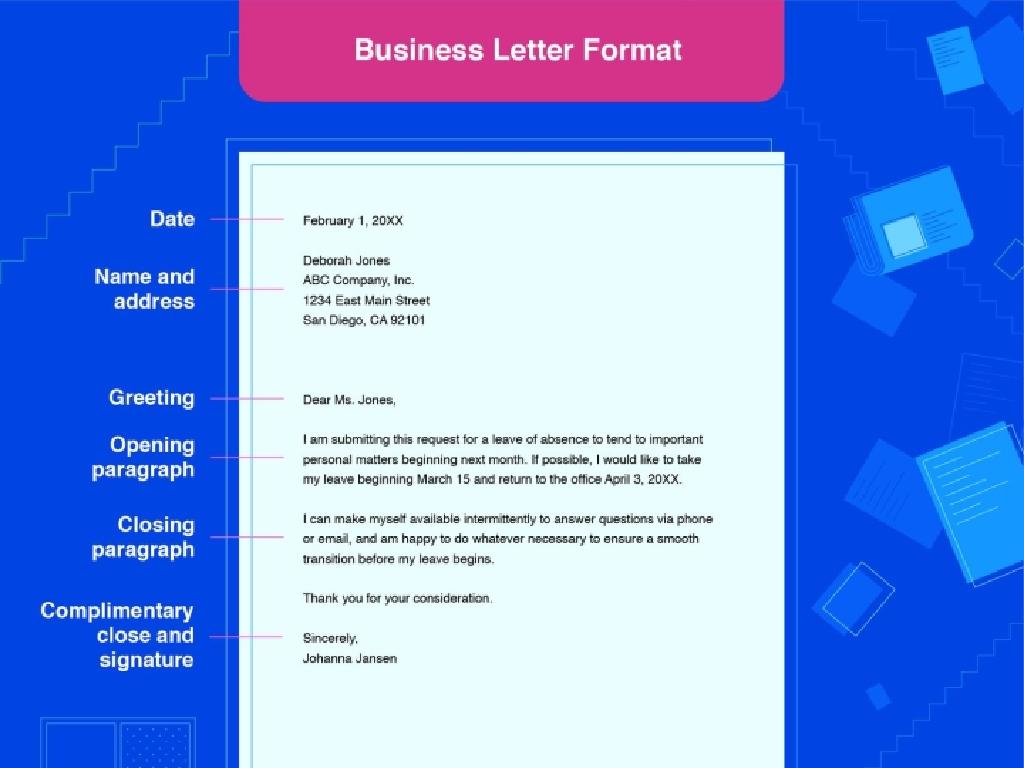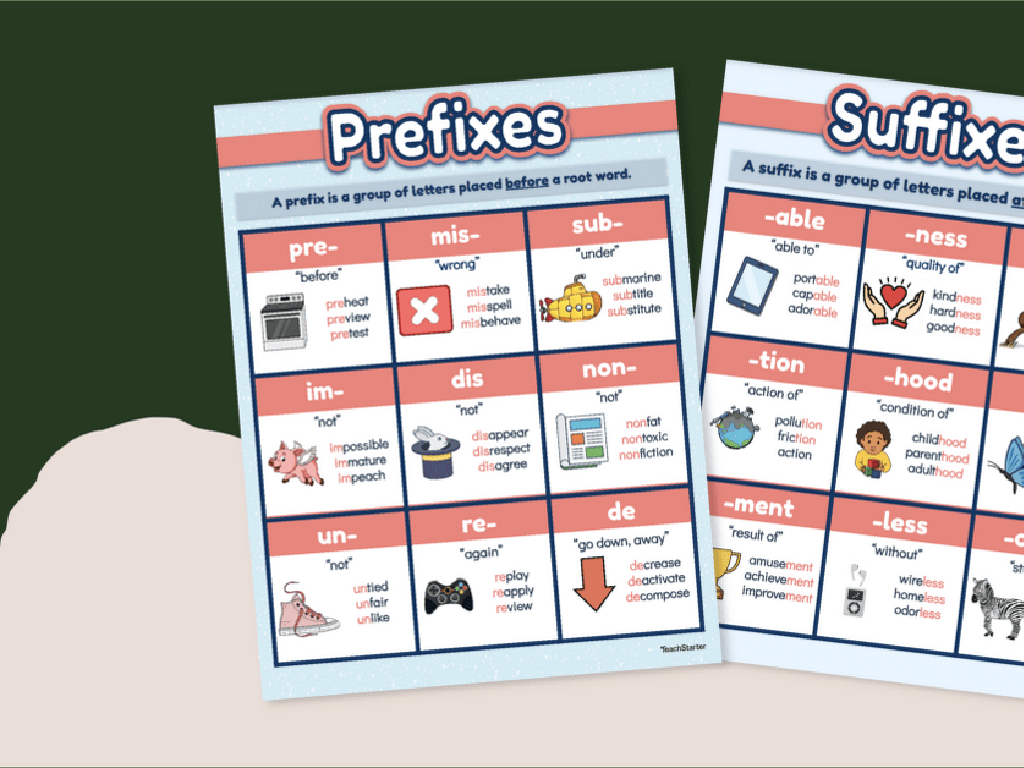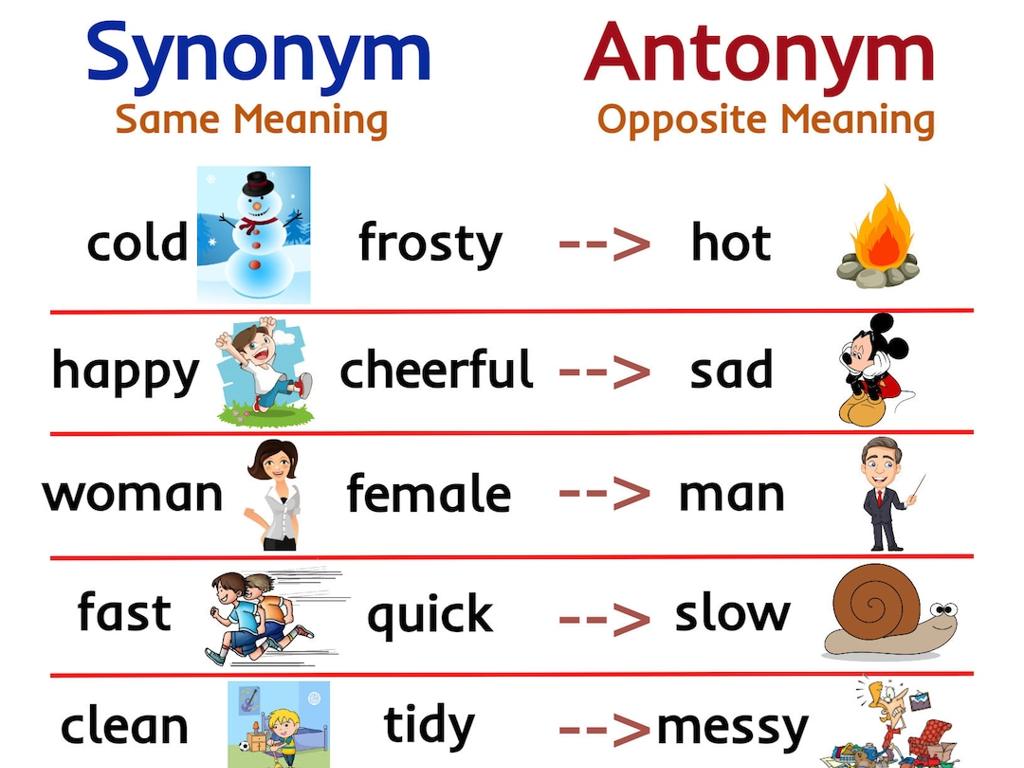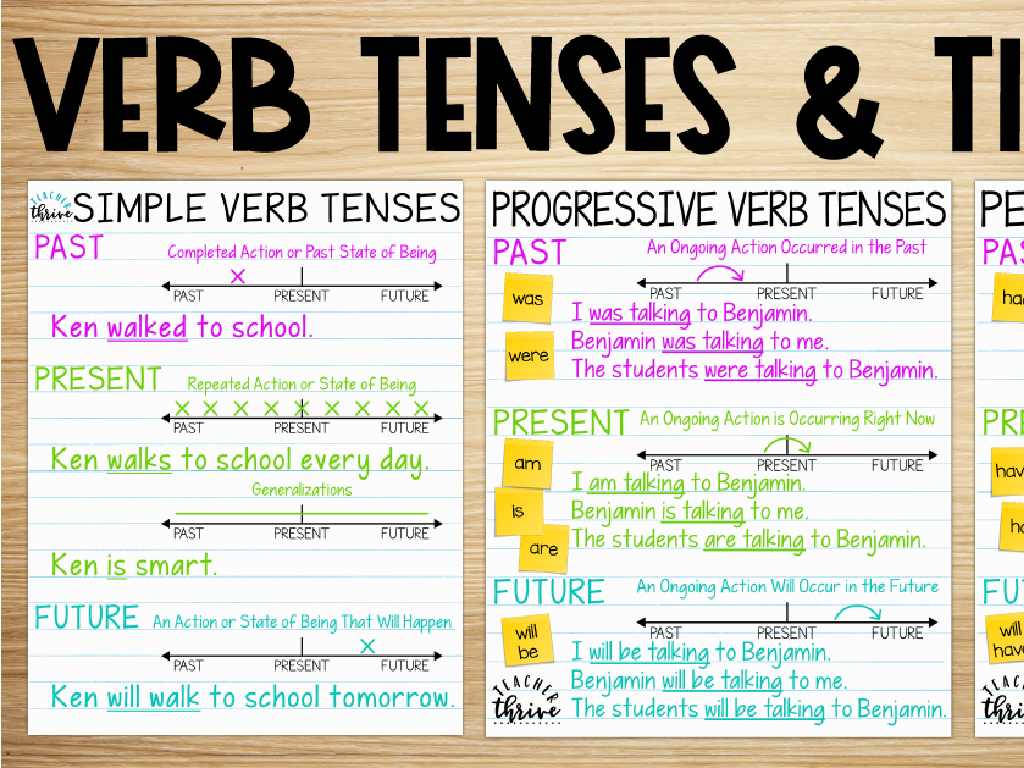Choose Decimals With A Particular Sum Or Difference
Subject: Math
Grade: Fourth grade
Topic: Add And Subtract Decimals
Please LOG IN to download the presentation. Access is available to registered users only.
View More Content
Introduction to Decimals
– Welcome to decimals!
– Decimals represent parts of a whole
– Like pieces of a chocolate bar
– Daily uses of decimals
– Money, measurements, and more
– Adding and subtracting decimals
– Combining and comparing parts
|
This slide introduces students to the concept of decimals, which are a fundamental part of mathematics, especially in measurements and financial literacy. Begin by explaining that decimals are a way to express numbers that are not whole, using the example of dividing a chocolate bar into smaller pieces. Highlight how decimals are used in everyday life, such as in currency (dollars and cents) and in measuring length or weight. Emphasize the importance of understanding how to add and subtract decimals, as it is a skill they will use frequently in real-world scenarios. Encourage students to think of other examples where they encounter decimals in their daily lives.
Understanding Decimals
– Decimals as fractions
– Decimals show parts of a whole, like pieces of a pie.
– Place value significance
– Each place after the decimal means tenths, hundredths, etc.
– Example: 0.5 equals 1/2
– Half of a dollar is 50 cents, or 0.5.
– Example: 0.25 equals 1/4
– A quarter of a dollar is 25 cents, or 0.25.
|
This slide introduces the concept of decimals to fourth-grade students by relating them to fractions and the place value system. Emphasize that decimals are another way to represent parts of a whole, similar to fractions. The place value is crucial as each position to the right of the decimal point indicates a division by ten (tenths, hundredths, etc.). Use everyday examples like money to illustrate the concept, as children are familiar with coins and can easily grasp the idea that 0.5 is half of a dollar and 0.25 is a quarter of a dollar. Encourage students to think of other examples of decimals in real life to solidify their understanding.
Adding Decimals
– Align decimal points vertically
– Begin addition from the right
– Example: 0.75 + 0.25
– Add 5+5 then 7+2, place decimal in the sum
– Sum equals 1.00
– 0.75 plus 0.25 gives a whole number, 1
|
When teaching students to add decimals, emphasize the importance of aligning the decimal points to ensure accuracy. This will help maintain the correct place value. Starting from the rightmost digit, just like with whole numbers, allows for systematic addition. Use the example 0.75 + 0.25 to illustrate a case where the sum results in a whole number, reinforcing the concept that decimals represent parts of a whole. Encourage students to practice with additional examples and to check their work by verifying that the decimal points are aligned and that they’ve added each place value correctly.
Subtracting Decimals
– Align decimal points
– Subtract from right to left
– Example: 1.00 – 0.25
– What is the result of 1.00 minus 0.25?
– Practice with different numbers
– Try 2.75 – 0.50 or 5.00 – 1.25 for homework
|
When teaching students to subtract decimals, emphasize the importance of aligning the decimal points vertically before beginning the subtraction process. This ensures accuracy in the placement of the decimal in the answer. Remind them to start subtracting from the rightmost digit, moving left. Use the example 1.00 – 0.25 to illustrate the process and show that the answer is 0.75. Encourage students to practice with different numbers to solidify their understanding. For homework, assign problems like 2.75 – 0.50 and 5.00 – 1.25 to provide additional practice with the concept.
Choosing Decimals with a Specific Sum
– Finding decimals that sum to a number
– Pick decimals that add up to a given total, like 0.75 + 0.25 = 1.00
– Using estimation for checking
– Estimate to see if your decimals might be close to the total before adding
– Activity: Decimals summing to 1.00
– Find different decimal pairs that equal 1.00, such as 0.50 + 0.50 or 0.70 + 0.30
|
This slide introduces the concept of finding decimals that add up to a specific number, which is a key skill in understanding decimal operations. Students will learn to use estimation as a tool to quickly check their work. The activity involves finding pairs of decimals that together equal 1.00, which reinforces the concept of decimal place value and addition. For the activity, provide students with several examples and encourage them to use mental math for estimation. Possible pairs include 0.10 + 0.90, 0.25 + 0.75, and 0.65 + 0.35. This hands-on activity will help solidify their understanding of decimal addition.
Choosing Decimals with a Specific Difference
– Find two decimals with set difference
– To get a difference of 2.5, subtract 5.2 – 2.7
– Relation of addition and subtraction
– Knowing subtraction is reverse addition helps
– Activity: Decimals with 0.50 difference
– Look for pairs like 3.00 – 2.50 and 4.50 – 4.00
|
This slide introduces students to the concept of finding pairs of decimals that have a specific difference. Start by explaining how to subtract two decimals to achieve a desired number. Highlight the importance of place value and aligning decimal points. Then, discuss the relationship between addition and subtraction, emphasizing that subtraction is essentially the reverse process of addition. For the activity, provide students with a range of decimals and instruct them to find all possible pairs that have a difference of 0.50. This hands-on activity will solidify their understanding of decimal subtraction. Possible pairs include 1.00 – 0.50, 2.50 – 2.00, etc. Encourage students to check their work by adding the difference to the smaller number to see if it equals the larger number.
Class Activity: Decimals Scavenger Hunt
– Find classroom items with specific sum
– Use ads to subtract to a difference
– Calculate total prices accurately
– Add and subtract prices like a math detective
– Present findings to the class
– Share what you found and how you calculated
|
This interactive activity is designed to help students apply their knowledge of adding and subtracting decimals in a fun and engaging way. Set a specific sum and difference for the students to aim for. Provide catalogs, advertisements, or price tags for students to use in their hunt. They should work in pairs or small groups to find combinations of items that add up to the given sum or subtract to the given difference. Encourage them to double-check their calculations. At the end, each group will present their findings and explain their process. Possible variations of the activity could include setting different sums/differences for each group, using a timer to add a challenge, or having students create their own ‘store’ with prices to exchange items with classmates.
Conclusion: Mastering Decimals
– Recap add/subtract decimals
– Review how to line up decimal points and add or subtract.
– Importance of decimal knowledge
– Decimals are used in money, measurements, and more.
– Take a quick decimal quiz
– Test what you’ve learned with a fun quiz!
|
As we wrap up, let’s review the key points of adding and subtracting decimals, ensuring that students remember to align the decimal points. Emphasize the real-world applications of decimals, such as in handling money and measuring ingredients, to understand why this skill is essential. Conclude with a quick quiz to assess the students’ grasp of the concept. This will help reinforce their learning and provide a sense of accomplishment. For the quiz, prepare five problems that vary in difficulty and involve both addition and subtraction of decimals. Encourage students to work independently and then review the answers as a class.





